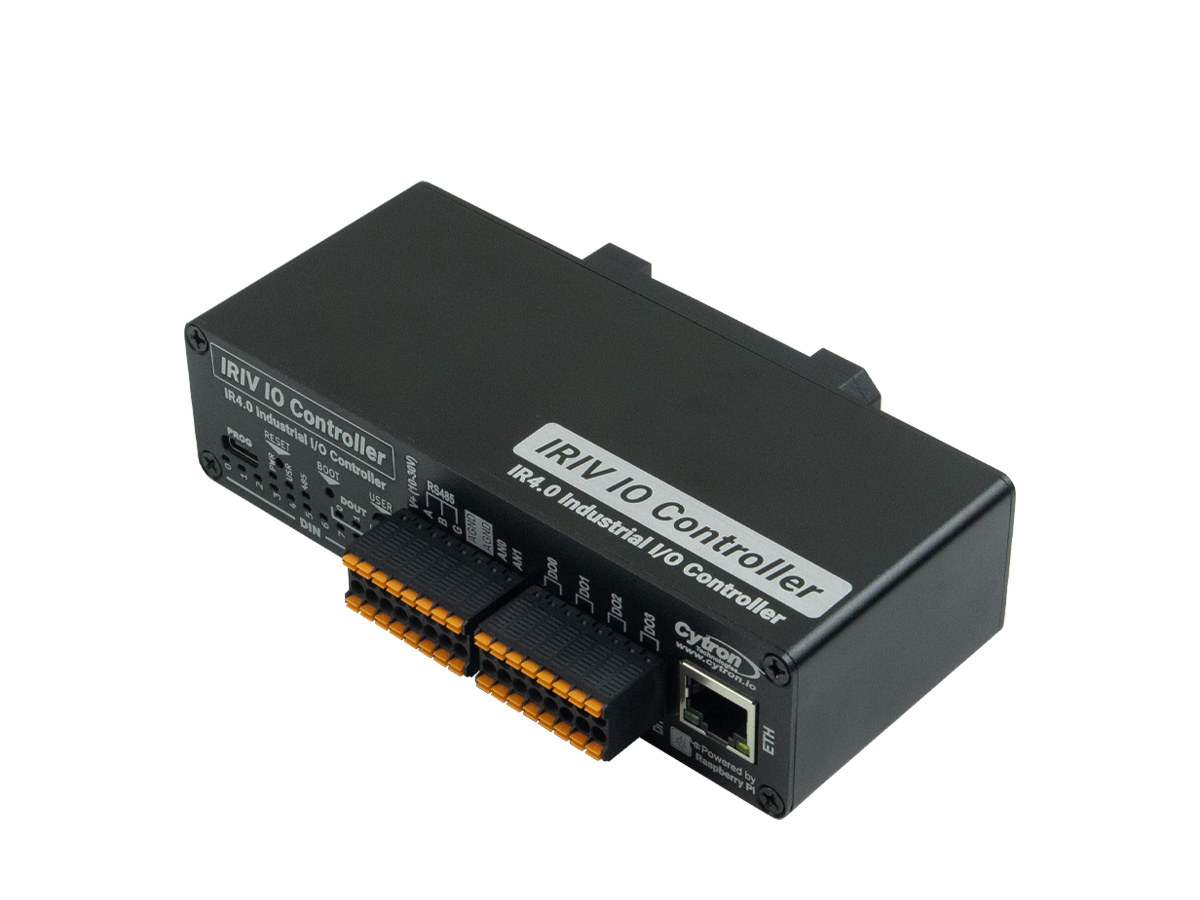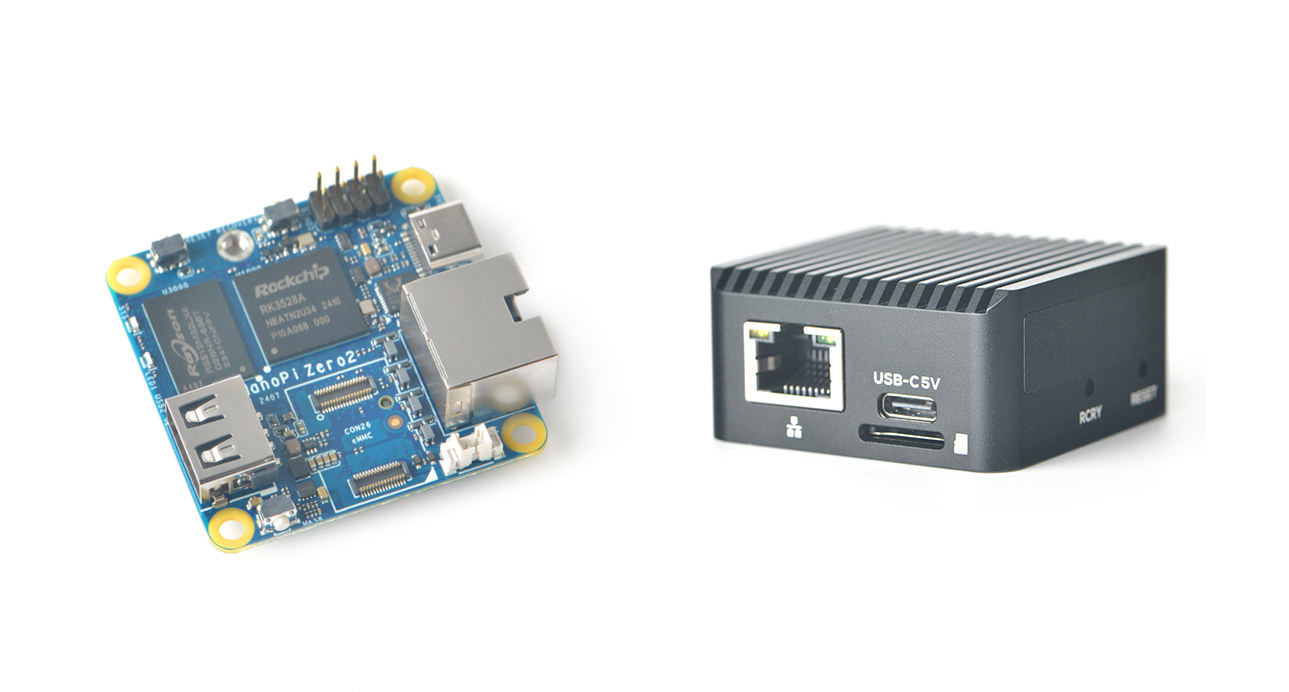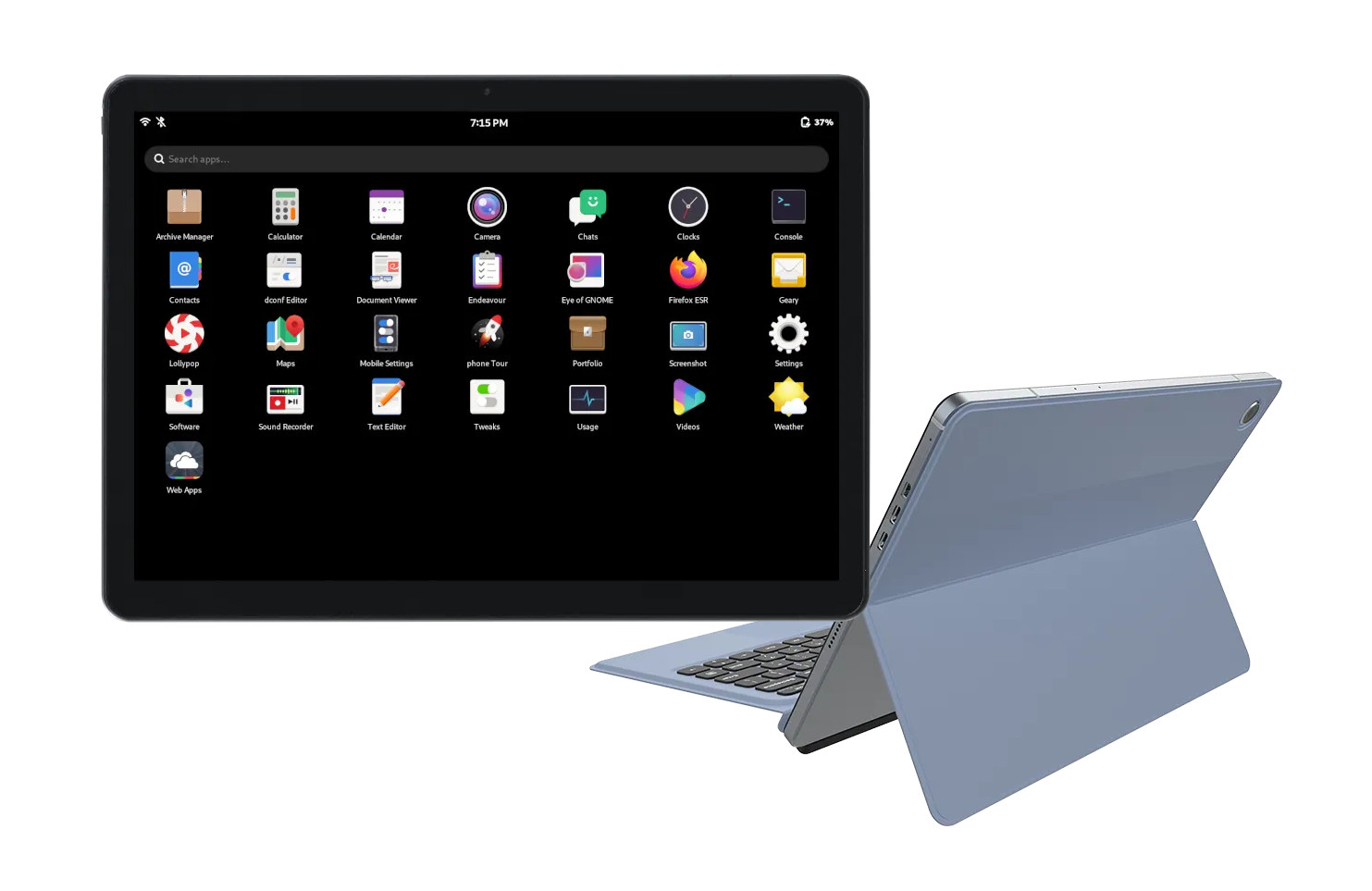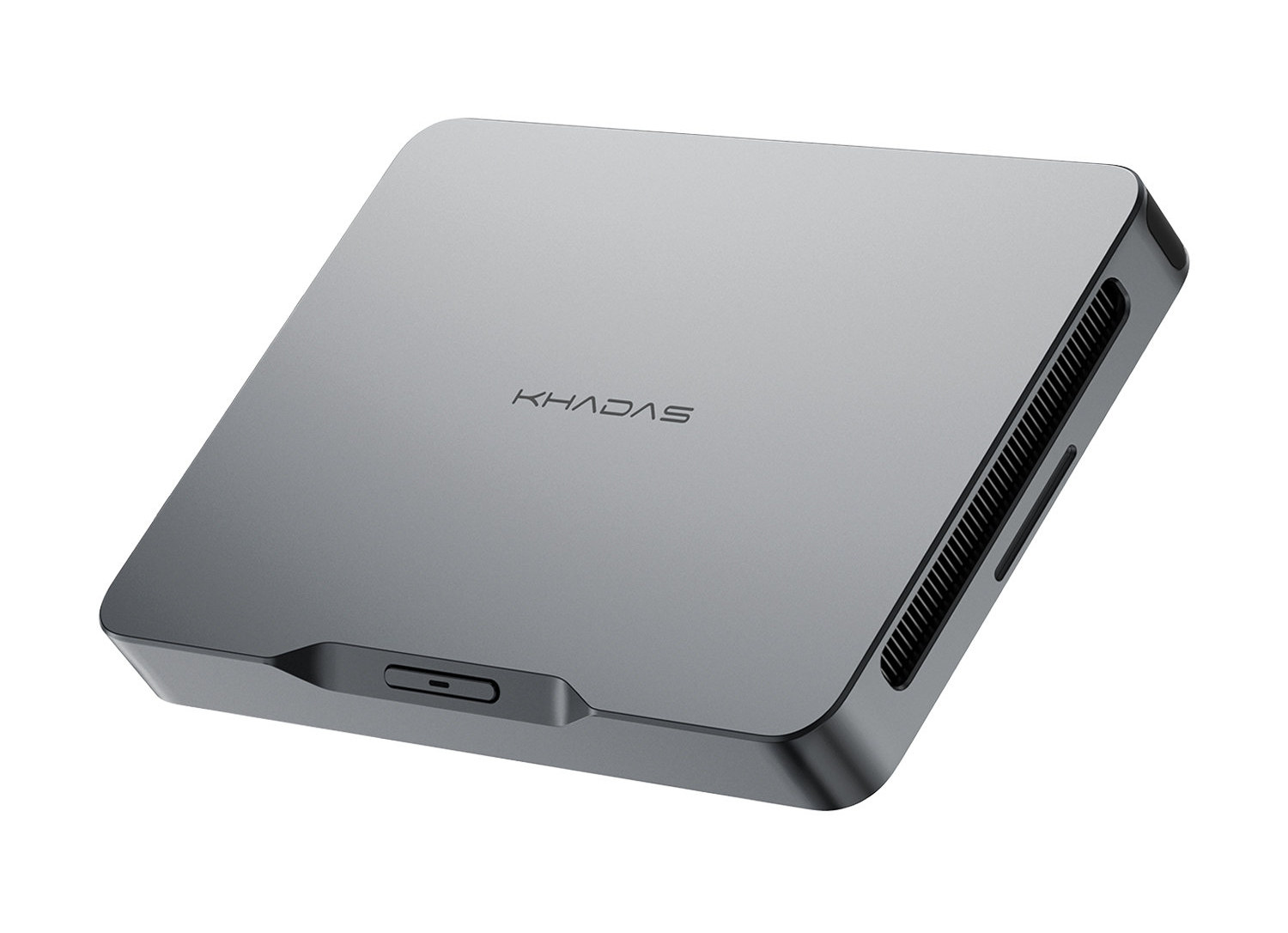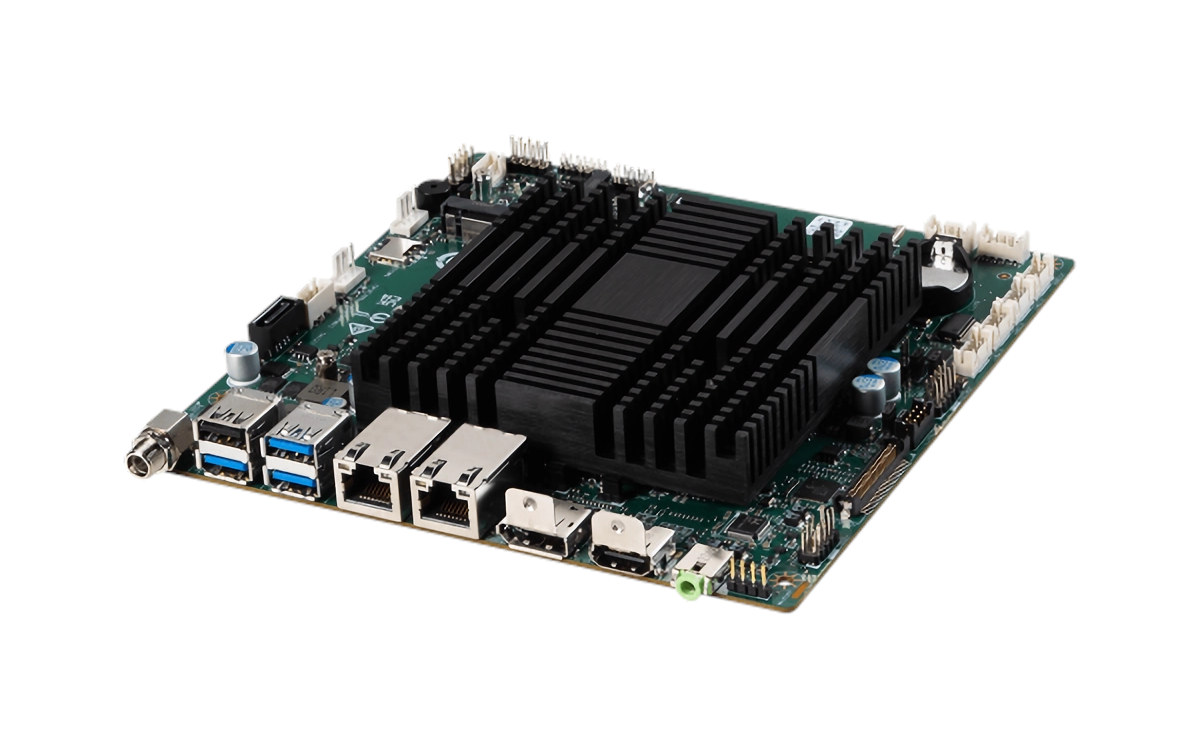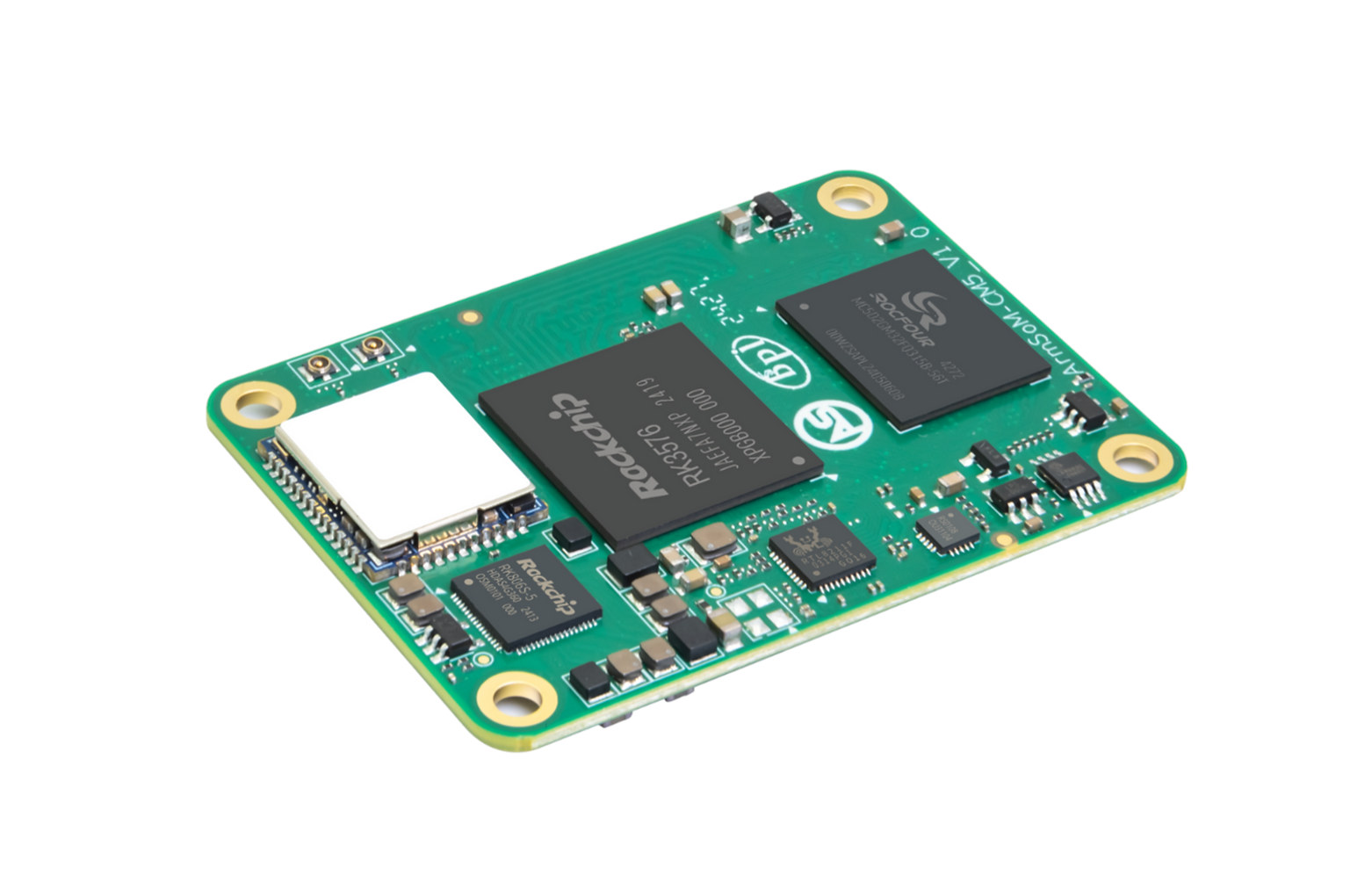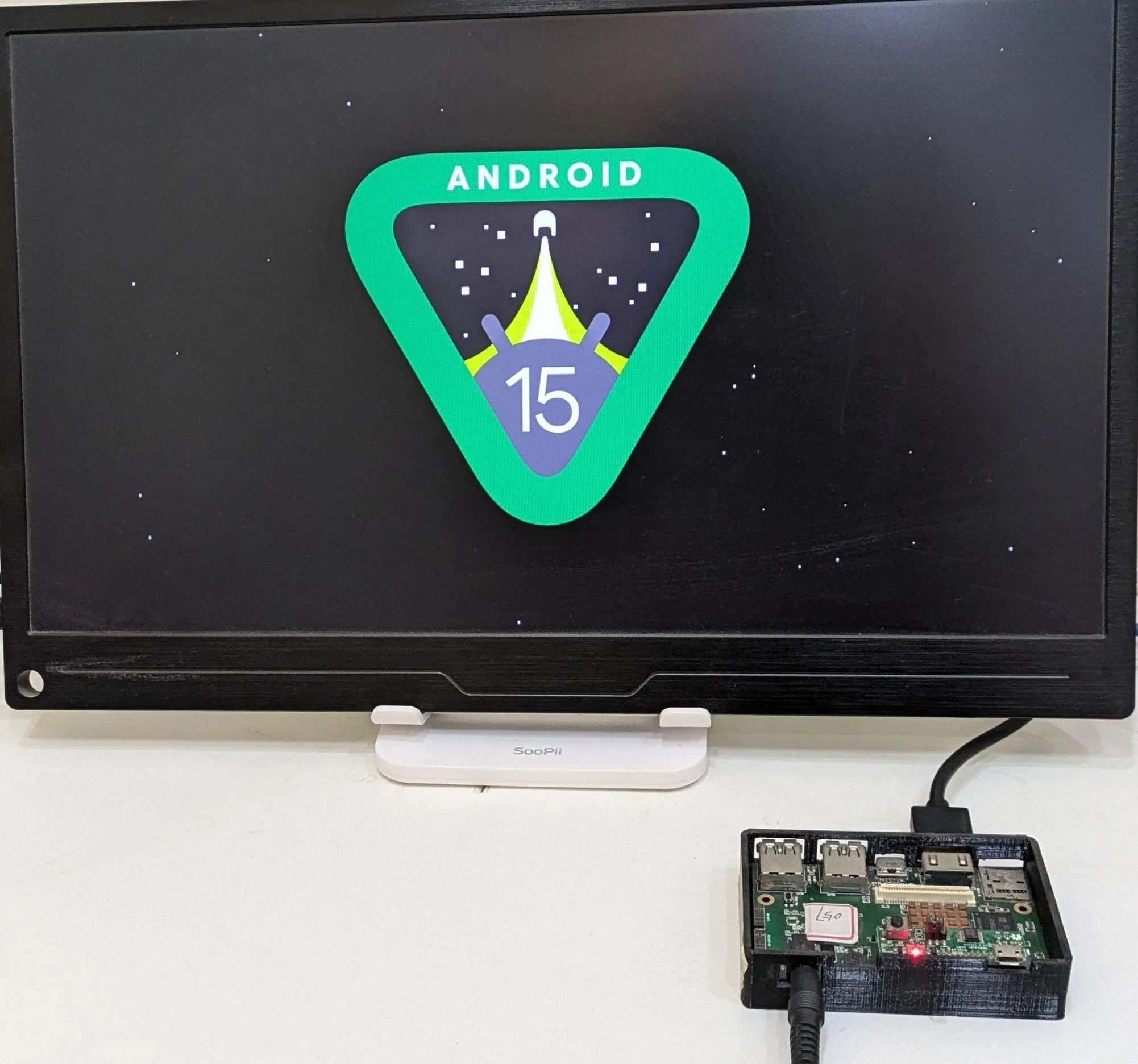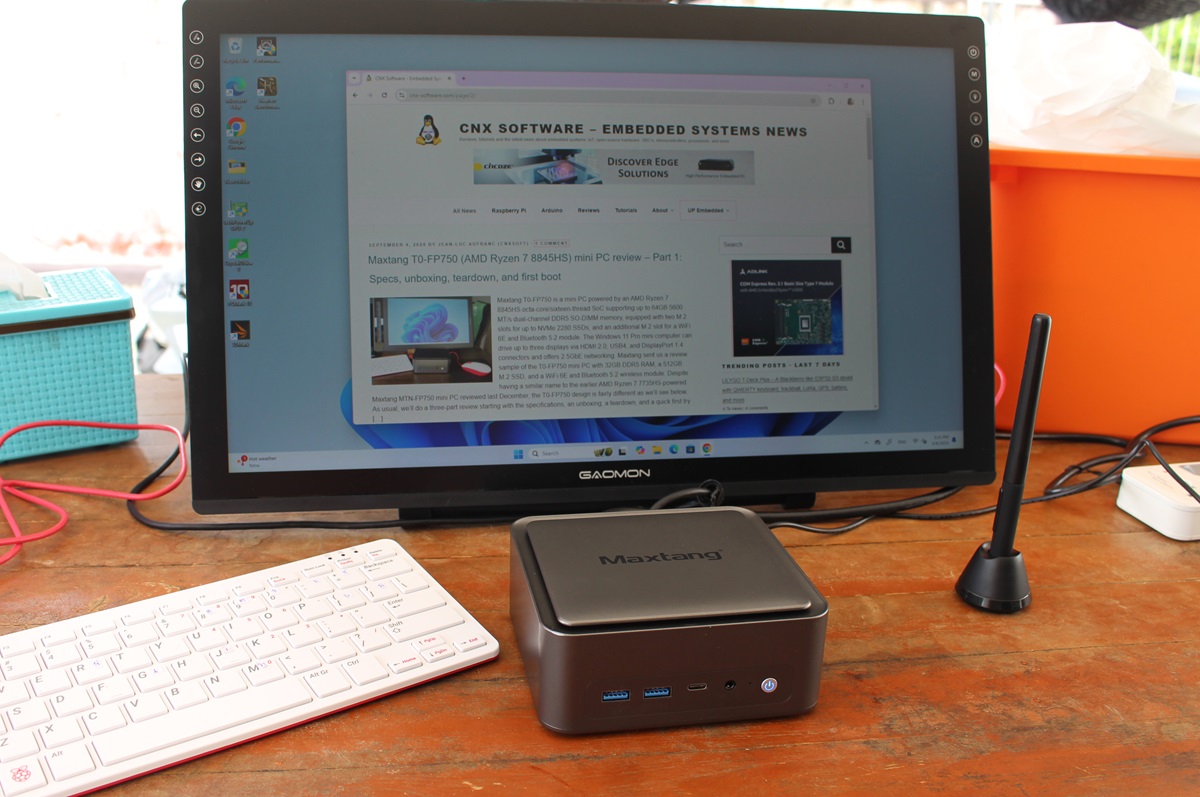Cytron IRIV IO Controller is an “Industrial Revolution 4.0” (or Industry 4.0) controller based on the Raspberry Pi RP2350 microcontroller that comes with an Ethernet port implemented through the W5500 chipset, and several isolated interfaces such as DI and DO up to 50V, two analog inputs, and RS232 and RS485 serial interfaces accessible through terminal blocks. Last year, the company introduced the Cytron IRIV PiControl industrial controller based on the Raspberry Pi CM4 module, and the IRIV IO Controller is a much cheaper solution using a subset of the features and a design that looks similar. IRIV IO Controller specifications: Microcontroller – Raspberry Pi RP2350A CPU Dual-core Arm Cortex-M33 @150MHz with Arm Trustzone for secure boot Dual-core 32-bit Hazard3 RISC-V @ 150MHz Up to two cores can be used at the same time Memory – 520 KB on-chip SRAM in 10 banks Storage – 2MB flash memory Networking – 10/100M […]
NanoPi Zero2 is a tiny headless Arm Linux computer with Gigabit Ethernet, a USB port, and an M.2 Key-E socket for WiFi
FriendlyELEC NanoPi Zero2 is one of the world’s smallest Arm Linux computers with the 45x45mm board featuring a Rockchip RK3528A quad-core Cortex-A53 processor, up to 2GB RAM, microSD and eMMC flash module sockets for storage, a Gigabit Ethernet RJ45 jack, an M.2 socket for WiFi, a USB Type-A port, and a 30-pin GPIO FPC connector for expansion. When I went to find more information about the earlier NanoPi Zero, I quickly realized… it did not exist, and the closest thing we have is the ZeroPi released in 2019 with an Allwinner H3 Cortex-A7 processor and an even smaller 40x40mm form factor. The NanoPi Zero2 comes with a 64-bit processor, more memory, and optional support for an M.2 WiFi module among other improvements. It’s designed for headless applications since there’s no video output/display interface. NanoPi Zero2 specifications: SoC – Rockchip RK3528A CPU – Quad-core ARM Cortex-A53 @ 2.0 GHz GPU – […]
Juno Tab 3 is a pricey 12.1-inch Linux tablet powered by an Intel Processor N100 CPU
Juno Tab 3 is a rare Linux tablet running Mobian Phosh, Ubuntu, or Kubuntu on an Intel Processor N100 quad-core Alder Lake-N processor and equipped with a 12.1-inch touchscreen display with 2160×1440 resolution. We’ve covered many Intel N100 hardware platforms, mostly mini PCs, and the closest thing to a tablet was the Higole F9B Pro mini PC with a 7-inch touchscreen display and a 26mm thick design. The Juno Tab 3 is a proper Linux tablet with an Intel N100 CPU, 12 GB RAM, 512GB SSD, and a 12.1-inch touchscreen display in an 8.7mm thin design. Juno Tab 3 specifications: SoC – SoC – Intel Processor N100 quad-core Alder Lake-N processor @ up to 3.4 GHz (Turbo) with 6MB cache, 24EU Intel HD graphics @ 750 MHz; TDP: 6W System Memory – 12GB LPDDR5 4,800MT/s Storage 512GB, 1TB, or 2TB M.2 SATA 2242 SSD MicroSD card reader Display – 12.1-inch […]
Khadas Mind 2 portable mini PC gets Intel Core Ultra 5 125H or Ultra 7 155H update, USB4 and Thunderbolt 4 interfaces
Khadas Mind 2 is an update to the Raptor Lake-powered Khadas Mind portable mini PC offered with either an Intel Core Ultra 5 125H or Core Ultra 155H Meteor Lake processor. It ships with up to 64GB LPDDR5, PCIe 4.0 storage, and adds Thunderbolt 4 and USB4 interfaces that were missing from the first model. We reviewed the original Khadas Mind Premium with both Windows 11 and Ubuntu 22.04, and its dock, and it was indeed a pretty cool, albeit pricey, device with features like a small built-in battery to move the computer from one room to another without turning it off, and the Mind Link interface enabling connecting to the Khadas Dock for extra peripherals, the Mind Graphics for higher-end graphics, and more. Limitations included the lack of USB4 and 2.5GbE ports and the Khadas Link was limited to 64GT/s, but the second generation model addresses most of these […]
MSI MS-CF13 is a fanless mini-ITX motherboard powered by Intel N97, Core i3-N305, or Atom x7425E Alder Lake-N SoC
MSI MS-CF13 is a low-profile, low-power, fanless mini-ITX motherboard offered with a choice of Alder Lake-N processors namely Intel Processor N97, Intel Core i3-N305, or Intel Atom x7425E SoC. The motherboard supports up to 16GB DDR5 SO-DIMM memory and SATA III storage, features dual 2.5GbE, six internal COM ports, six USB interfaces, M.2 Key-B and Key-E sockets for wireless expansion, and supports up to three independent display through up to two DisplayPort, one HDMI, LVDS/eDP display interfaces, MSI MS-CF13 specifications: Alder Lake N-series SoC (one or the other) Intel Atom x7425E quad-core processor up to 3.4 GHz with 6MB cache, 24EU Intel UHD Graphics @ 1.00 GHz; TDP: 12W Intel Processor N97 quad-core processor up to 3.6 GHz with 6MB cache, 24EU Intel UHD Graphics @ 1.20 GHz; TDP: 12W Intel Core i3-N305 octa-core processor up to 3.8 GHz with 6MB cache, 32EU Intel UHD Graphics @ 1.25 GHz; TDP: […]
Banana Pi BPI-CM5 Pro – A Rockchip RK3576-powered Raspberry Pi CM4 alternative with up to 16GB RAM, 128GB flash, a 6 TOPS NPU
Banana Pi BPI-CM5 Pro, also called ArmSoM-CM5, is a Rockchip RK3576 system-on-module electrically and mechanically compatible with the Raspberry Pi CM4 while offering up to 16GB LPDDR5 memory, 128GB eMMC flash, and a 6 TOPS AI accelerator embedded into the RK3576 SoC. It comes with a WiFi 6 and Bluetooth 5.3 wireless module, a PMIC for power management, and two 100-pin connectors mostly compatible with the pinout of the Raspberry Pi Compute Module 4. ArmSoM also provides a CM5-IO carrier board to make use of the extra USB 3.0 and PCIe interfaces, and the company told CNX Software they tested the module successfully with the official Raspberry Pi CM4 IO board. Banana Pi BPI-CM5 Pro specifications: SoC – Rockchip RK3576 CPU – 4x Cortex-A72 cores at 2.2GHz, 4x Cortex-A53 cores at 1.8GHz GPU – Arm Mali-G52 MC3 GPU with support for OpenGL ES 1.1, 2.0, and 3.2, OpenCL up to 2.0, […]
Android 15 runs on Linaro development boards based on Qualcomm and HiSilicon chips
Android 15 source code was just pushed to AOSP last week, and Linaro has already ported it to four reference development boards based on Qualcomm and HiSilicon/Huawei chips namely Snapdragon 8 Gen 2 devboard (SM8550-HDK), Qualcomm Robotics Board RB5, Qualcomm Dragonboard 845c (DB845c, aka RB3) and HiSilicon Hikey960. Recent Google Pixel phones can already get Android 15 beta, but that makes the aforementioned development boards some of the first hardware platforms running Android 15 which could be useful to app developers and people wanting to customize Android 15 OS for their target product(s). Android 15 worked on the same day as the release to AOSP thanks to a collaboration between Linaro and Google to make sure reference boards get support as soon as possible, and in this case, we had a “0-day boot” as Linaro puts it. This collaboration started in 2022 with Qualcomm Robotics RB3 and RB5 platforms getting […]
Maxtang T0-FP750 review – Part 2: An AMD Ryzen 7 8845HS mini PC tested with Windows 11 Pro
We already listed the specifications and performed an unboxing and a teardown of the Maxtang T0-FP750 mini PC in the first part of the review. We’ve now had time to test the AMD Ryzen 7 8845HS mini PC in more detail with the Windows 11 Pro operating system. So in the second part of the review, we’ll report our experience with the Maxtang T0-FP750 in Windows 11 Pro with a software overview, features testing, benchmarks, networking and storage performance, cooling performance, and measurement of fan noise and power consumption. Software overview and features testing The System->About menu confirms we have an “FP750” Mini PC powered by an AMD Ryzen 7 8845HS processor clocked at 1.80 GHz (base frequency) with Radeon 780M Graphics, equipped with 32 GB RAM, and running Windows 11 Pro 23H2, OS build 22631.4112. HWiNFO64 provides additional details about the AMD Ryzen 7 8845HS 8-core/16-thread processor, the Maxtang […]


